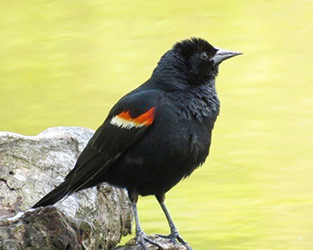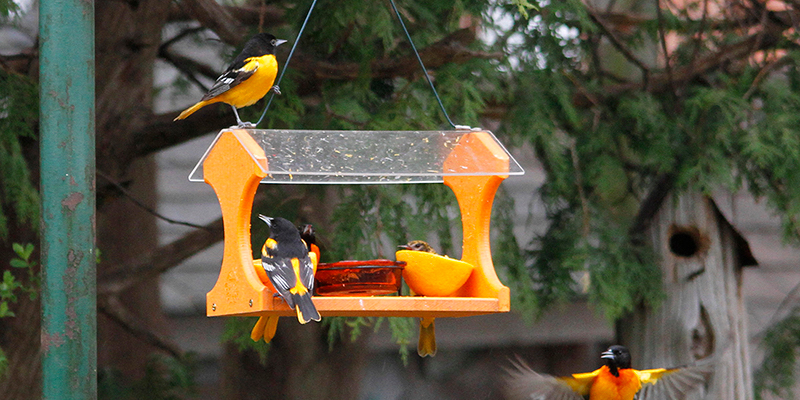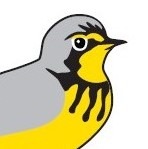
Red-winged Blackbird Photo: Marguerite Hamilton
If you remember there being a lot more birds in your area in your childhood than there are now, you’re not imagining things.
Results of a comprehensive study published in the journal Science indicated that there are nearly three billion fewer birds populating North America’s landscapes than there were in 1970.
To arrive at this estimate, researchers from the U.S. and Canada combined data from long-term monitoring projects – including those conducted by the dedicated participants in Bird Studies Canada Citizen Science programs – with data on birds migrating at night tracked by weather radar. These methods allowed the researchers to improve on the accuracy of previous estimates of population changes, providing a clearer picture of just how much bird populations have shrunk over the past several decades.
It is no surprise to hear that birds are declining – this is what other published research, and reports like the recent State of Canada’s Birds 2019, have been telling us for some time. What is shocking about this new research, though, is what it reveals about the sheer scale of the loss of our birds.
“I feel like a good friend has passed,” said Ian Fife, Bird Studies Canada’s Ontario Forest Birds at Risk Program Coordinator, after reading the paper.
Some of the hardest hit populations are of birds familiar and dear to many of us across Canada, such as the Red-winged Blackbird, Baltimore Oriole, and Wood Thrush.
The news is difficult to hear for those of us with a particular concern for birds, but it also points to larger concerns about ecosystem health and the state of our world’s biodiversity. It adds to research on other groups of species signalling that a biodiversity crisis is underway. This is something we must address to preserve and recover the functioning of living systems that people, birds, and all Earth’s inhabitants depend on.
“With more than 80% of Canada’s birds migrating across our borders every year, we cannot do it alone,” says Andrew Couturier, Bird Studies Canada’s Senior Director of Landscape Science and Conservation. “We must work with our southern partners to conserve Canada’s birds, including the stewardship of key sites such as Important Bird and Biodiversity Areas.”
Our staff at Bird Studies Canada are committed to working side by side with all of you who share our mission to conserve Canada’s birds. We won’t stand by and let the bird species that perform essential roles in ecosystems, and add joy and meaning to our lives, disappear.
There is good reason to hope. Conservation goals can be achieved when people work together – the success of efforts to conserve North America’s waterfowl and birds of prey are two examples.
You can take action through our Top 6 Ways You Can Help Birds and by getting involved in our volunteer programs from coast to coast. You can also join the social media conservation conversation sparked by this new publication by using the hashtag #BringBirdsBack.

Baltimore Orioles Photo: Rob Mueller

